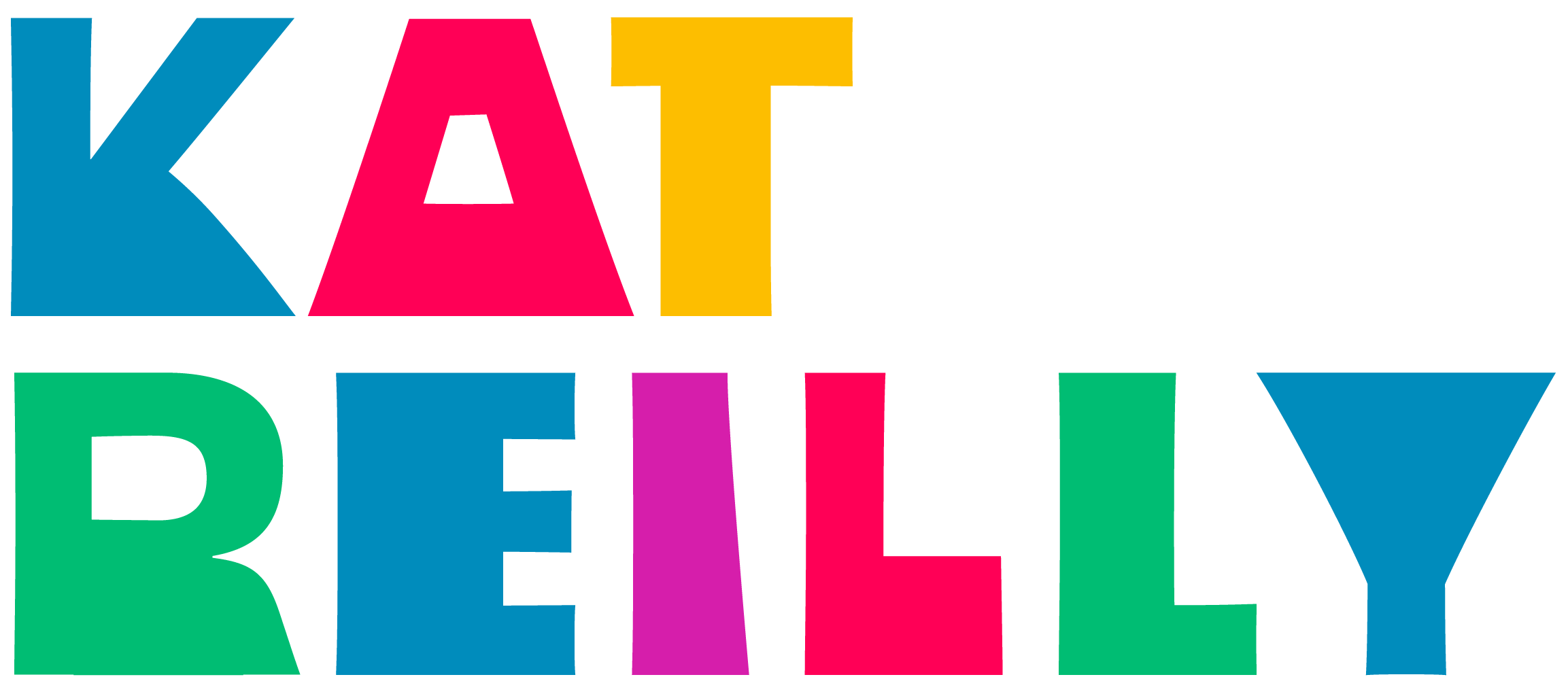Designing an Alarm App: Part 1
We are not ourselves when we wake up. Each time the alarm goes off, we become irrational creatures with one desire: to stay in bed as long as we can. Our noble goals for the day become secondary, and, without the right triggers, they are not enough to make us leap out of bed. Often enough, this "creature" blocks our path to self-betterment.
For the past month, I fought back. I read dozens of articles about rising early and applied suggested techniques to pull myself out of the covers. I also tried several apps for the iPhone. These included ones that measured my sleep cycle, employed sound waves, and even forced me to do physical activity. After weeks of experimentation, I experienced mild success. Still, nothing I tried addressed the primary problem: I couldn't remember why I was waking early in the first place.
The most effective solution I found was one of the most rudimentary. After setting the alarm on the built-in iOS Clock app, I'd plaster my phone with sticky notes. These notes range in content. One may mention the first task of the day. Another may tell me of an event I can look forward to, or challenge me to remain standing for 30 seconds. These triggers jog my memory and help awake my true self.
These notes are yesterday's helpful reminders for waking.
My success with this technique inspired a project to remind others of their waking ambitions. I began to wonder: How can I help people battle their wicked morning "creatures," so they can do all the good things they plan to do? And if they did those things, could the world be a better place?
I think it could, but it'll take some elbow grease to find out. Here's the start of the journey:
I performed an exercise to form initial questions and personas. I also documented the unique features of competing alarm clock apps.
The exercise yielded three potential approaches to the problem. Due to its focus and level of achievability, I chose to pursue a concept that reminds users of their reasons for waking up.
Once settled on the concept, I sketched out a user's flow of actions within the app. My first sketches used verbs only. I integrated visuals into later iterations.
I further refined the flow through paper prototypes. In these beginning stages, I find paper inspires a variety of different ideas and allows for delightful discoverability. I also appreciate the feeling of tangibly crafting the product from the start.
Quickly testing a layout's ergonomics is another advantage of paper prototyping. These artifacts will prove useful as I move into the digital renderings of the product.
